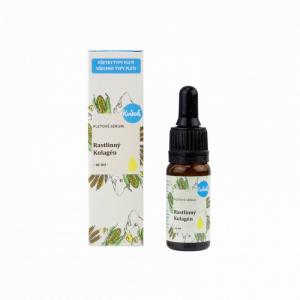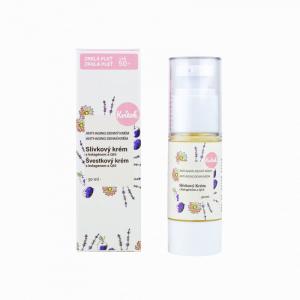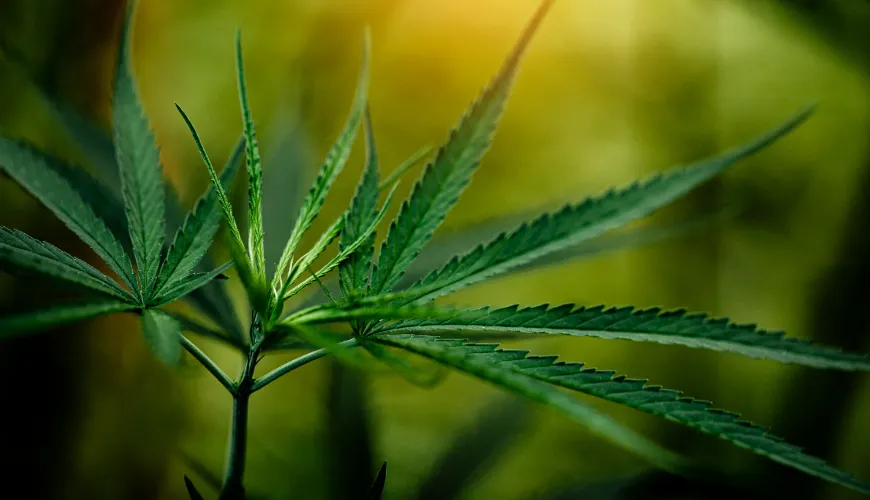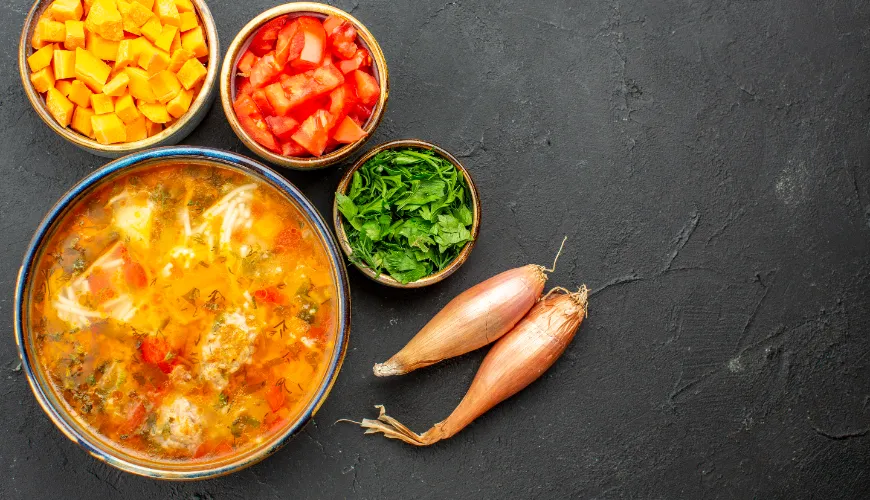
Find out what a sharp pain on the inside of the knee means

When the Knee Hurts Inside - What Does Stabbing Pain on the Inner Side of the Knee Mean?
The knee joint is a fascinating system of ligaments, cartilage, bones, and muscles that bear the weight of the entire body daily. It's no wonder that knees are among the most frequently strained and injured parts of the musculoskeletal system. Many people experience knee pain at some point in their lives, but when stabbing pain on the inner side of the knee occurs, it can be challenging to determine what exactly is causing it – and what to do about it.
This kind of pain can come on suddenly, for example, from stepping incorrectly, or develop slowly due to repeated overuse. The key to effective treatment is understanding the factors behind it.
Common Causes of Pain on the Inner Side of the Knee
The inner (medial) side of the knee includes several structures: the medial meniscus, medial collateral ligament (MCL), ligaments ensuring patella stability, tendons of the thigh and calf muscles, and joint cartilage. Damage to any of these parts can cause sharp or stabbing pain.
A common cause is strain or tear of the medial collateral ligament. This ligament helps stabilize the knee from the inside and is often stressed, especially in athletes – typically when the knee unnaturally bends inward. This can happen during skiing, playing football, or making a quick stop while running.
Another frequent diagnosis is medial meniscus injury. The meniscus is a crescent-shaped cartilage that absorbs shocks and allows smooth movement in the knee joint. When torn, pain occurs especially during rotation, squatting, or walking on uneven terrain. People often complain of sharp pain on the inner side of the knee, a feeling of locking, or instability.
Particularly in middle-aged and older individuals, knee osteoarthritis, specifically its medial form, can be the culprit. It affects the inner cartilage lining of the knee, which gradually wears down. The result is dull to sharp pain when walking, standing up, or standing for long periods.
Sometimes the problem is simpler – such as tendon inflammation around the knee, also known as tendinitis. This can arise from repeated overuse – for example, running on hard surfaces, frequent kneeling, or poor posture during sports.
We must also remember the so-called pes anserinus syndrome – a painful condition at the attachment point of three muscle tendons on the inner side below the knee. This pain is often sharp, stabbing, sometimes burning, and can worsen when walking up stairs or under load. It is more common in women with slight overweight and people with knocked knees knees.
When to Pay Attention and Seek Medical Help?
Many knee pains resolve on their own with sufficient rest, icing, and adjusting load. However, if the stabbing pain on the inner side of the knee persists, worsens, or is associated with swelling, instability, or loss of mobility, you should pay attention.
A typical example might be fifty-year-old Mrs. Jana, who felt sharp pain on the inner side of her right knee after returning from a weekend hike. The pain worsened with each step, so she decided to visit an orthopedist. It turned out to be a tear in the medial meniscus – a common problem that, if untreated, can lead to further complications, including the development of osteoarthritis.
Early diagnosis is crucial to prevent long-term joint damage. A doctor usually conducts a clinical examination and may recommend an MRI or X-ray.
How to Alleviate Pain and What Helps During Recovery?
Treatment depends on the cause. In milder cases, the RICE method – rest, ice, compression, and elevation – is sufficient. It's also advisable to limit physical activity and focus on rehabilitation.
In more severe injuries, physiotherapy, braces, anti-inflammatory medications, or, in extreme cases, surgery may be necessary. For example, meniscus arthroscopy is now a common procedure with minimal invasiveness and quick recovery.
To prevent pain from returning, prevention is essential. This means keeping the muscles around the knee strong and flexible, avoiding overloading, and wearing appropriate footwear. An interesting option for supporting joint health is natural supplements containing collagen, MSM, glucosamine, or boswellia – for example, products from the Ferwer e-shop, focused on a healthy lifestyle and sustainability.
Try our natural products
An Ecological Approach to Musculoskeletal Health
It's easy to reach for pain relief powder, but in the long run, it's much more effective and gentle to seek natural paths. Knee pain can be a signal that it's time to slow down, reassess movement habits, and focus on a healthier lifestyle. This includes not only regular exercise but also quality nutrition, anti-inflammatory herbs, and adequate recovery.
Try turmeric, which has strong anti-inflammatory effects, or ginger, which helps with circulation and pain relief. You can also use magnesium salts in baths, which relax muscles and contribute to joint recovery. And how about natural support in the form of herbal ointments – for example, with arnica or chestnut?
The quote from the ancient Greek physician Hippocrates "Let food be your medicine and medicine be your food" is still relevant today. Healthy joints start on the plate – for example, with omega-3 fatty acids found in flaxseeds, walnuts, or algae.
Moreover, caring for the musculoskeletal system doesn't have to conflict with sustainability. Popular options include bamboo bandages or braces made from recycled materials, which do not burden the planet and simultaneously provide the necessary support.
How to Strengthen Knees – Gently but Effectively
If the knee hurts, it doesn't mean one should avoid movement completely. On the contrary. Proper exercise can help restore stability, improve circulation, and speed up healing. It's just important to choose gentle and targeted physical activities.
Suitable options include:
- swimming (especially freestyle and backstroke),
- cycling without resistance,
- pilates or yoga focused on the knees,
- exercises on unstable surfaces to activate the deep stabilization system.
Especially for people who sit in an office all day, it's important to consciously incorporate movement that stretches and strengthens the muscles of the lower limbs. It doesn't necessarily have to be intense training – just a few minutes a day can make a difference.
An interesting supplement is foam rolling using a foam roller, which releases stiff muscles and improves joint mobility.
In conclusion, it's good to remember that pain is not the enemy but information. Through it, the body tells us that something is wrong. Ignoring it can lead to bigger problems in the future, but listening to it can open the path to a healthier and more conscious life. And if we prioritize natural products, gentle movement, and a sustainable lifestyle, we benefit not only ourselves but also the planet.




